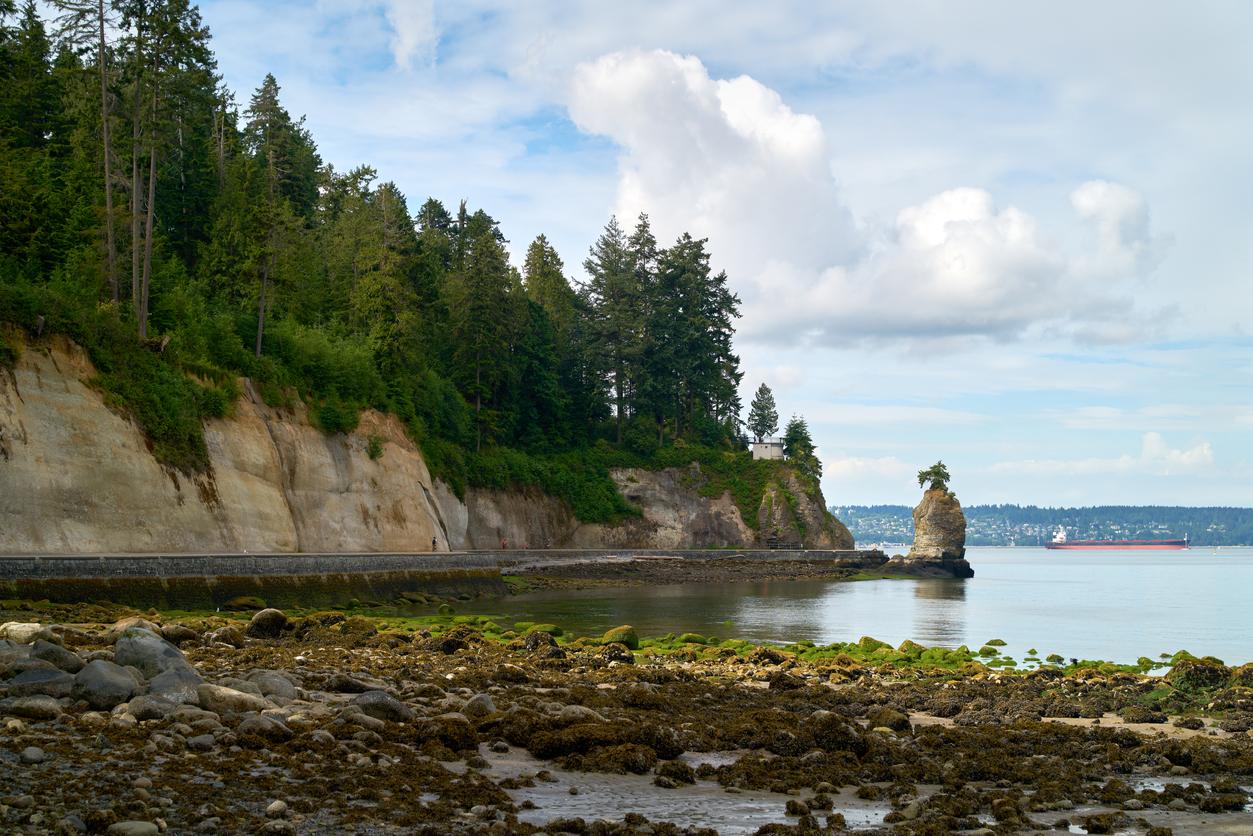Join Social Equality Manager for Responsible Investment at BMO Global Asset Management, Sarah Morris Lang, in the first of this two-part series to mark Canada’s second National Day for Truth and Reconciliation. In this episode, First Nations Financial Management Board CEO Geordie Hungerford and Data and Analytics Manager, Shawn Blankinship, discuss the RoadMap Project, which features six areas on how to help nations advance and begin to share in the prosperity of Canada.
In this episode:
An optional pathway for First Nations dealing with poverty
The historical and current systematic barriers that Indigenous peoples face
How greater access to capital will help move forward economic reconciliation in a meaningful way
How communities are recovering from over a century of policies that destroyed their language, culture and way of life
Why it’s so difficult for First Nations to build infrastructure, clinics, healing centers and more
Sustainability Leaders podcast is live on all major channels including Apple, Google and Spotify
